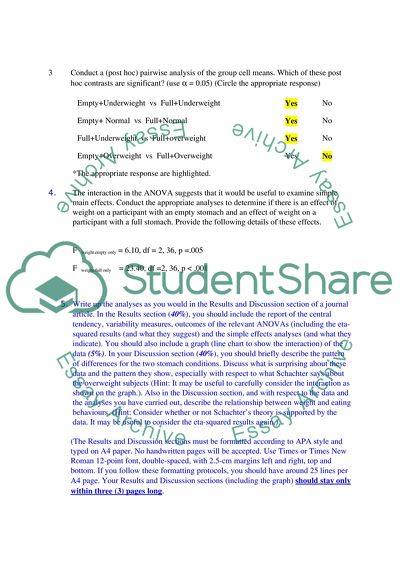Cite this document
(Obesity and Hunger Assignment Example | Topics and Well Written Essays - 1500 words, n.d.)
Obesity and Hunger Assignment Example | Topics and Well Written Essays - 1500 words. Retrieved from https://studentshare.org/biology/1741043-research-methodology
Obesity and Hunger Assignment Example | Topics and Well Written Essays - 1500 words. Retrieved from https://studentshare.org/biology/1741043-research-methodology
(Obesity and Hunger Assignment Example | Topics and Well Written Essays - 1500 Words)
Obesity and Hunger Assignment Example | Topics and Well Written Essays - 1500 Words. https://studentshare.org/biology/1741043-research-methodology.
Obesity and Hunger Assignment Example | Topics and Well Written Essays - 1500 Words. https://studentshare.org/biology/1741043-research-methodology.
“Obesity and Hunger Assignment Example | Topics and Well Written Essays - 1500 Words”, n.d. https://studentshare.org/biology/1741043-research-methodology.


